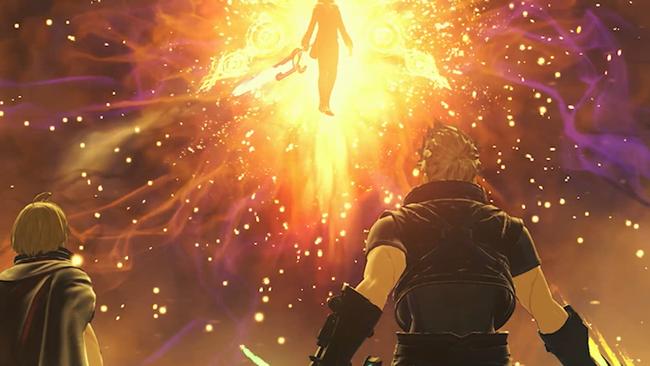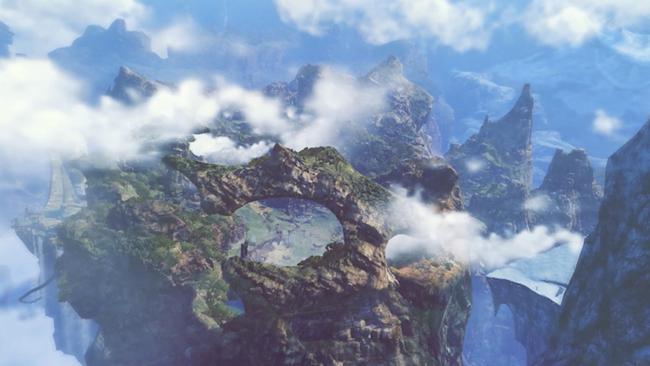
Xenoblade Chronicles 3: Future Redeemed Review
Looking back on the path that Monolith Soft has walked to finally release Xenoblade Chronicles 3: Future Redeemed, it's wild to think that one of the most beloved RPG series of the modern era had to struggle for the success its had. From European only localizations, with only a limited-run North American release to come later - to a follow-up on the ill-fated Nintendo Wii U, and a port of the originally nearly as limiting in its target audience for the New Nintendo 3DS. I think most players never expected Xenoblade Chronicles to ever get a proper follow-up, but with one exception the Switch is now home to 5 separate Xenoblade titles. While Xenoblade 3 kept many of its references close to its chest so newcomer players could still have a great time, Future Redeemed is an RPG made purely for those of us that have been along on the ride since the beginning.
Which is to say; while Nintendo made a point to say that players could start their journey with 2018's similarly scoped Xenoblade Chronicles 2: Torna the Golden Country, there's absolutely a reason why nothing of the sort has been said here. The protagonists of Xenoblade 1 and 2 - Shulk and Rex - play an active role in the story of Future Redeemed, and key locations and story elements from both titles make their explicit return in Future Redeemed - remixed to better fit with the framework that Xenoblade 3 set. If you haven't played Xenoblade Chronicles 1, 2 and 3 you should stay far, far away from Future Redeemed.

This means, of course, that reviewing Future Redeemed feels like an odd sort of nut to crack. Most players that had already gone through the entire trilogy have likely already played this by the time our review has (finally) gone live. It also doesn't help anyone to explain just how similar the game is to the rest of the series; it's preaching to the choir. That being said, it's probably worth explaining what's explicitly returning from previous games and what is new.
As far as its structure - Future Redeemed's closest comparison would again be Torna: The Golden Country. Many of that games core elements return, including the dreaded Community system. While I personally never had a problem with the system, and even enjoyed its inclusion to Torna's story, players will be happy to learn that engaging with the system is not a hard requirement to story progression this time around. This doesn't mean that the sidequests that they offer aren't worth engaging with, of course - as the stakes of Future Redeemed continue to ramp up, they offer a good excuse to explore the state of Aionios well before the events of Xenoblade 3.

Combat, unsurprisingly, remains quite similar to Xenoblade 3. The main change is the addition of the Unity system, where any two characters can be paired together individually, offering unique buffs and combination attacks to follow-up on Launched enemies. Xenoblade 3's combat was great to begin with, so an additional wrinkle to it all was nice to see. Each playable party member having their own wholly unique playstyle definitely helps make the loss of Xenoblade 3's job system sting a bit less, too. I wish it might have re-invented the combat to a greater degree like Torna had done for Xenoblade 2, but with the length of the game capping out at 30 hours, and mostly sticking closer to the 20 hour mark for most players - it's a nitpick at worst.
As for everything else - it's about what you would expect, and hope, from a smaller-scale Xenoblade RPG. The new music is incredible, the story both expands upon the connections between the 3 Xenoblade games as well as teases where the future might be headed, and the character interactions between character's new and old are both very strong. That being said, it's not without a few faults that otherwise hold things back.

For example; while Shulk, Rex, Matthew and A all get plenty of screentime and character development, the other two new characters in Glimmer and Nikol are noticeably half-baked compared to the rest of the cast. Combat does ultimately begin to drag a bit by the end of the game, even if each individual character offers a different playstyle than the rest; Chain Attacks are almost entirely unchanged from Xenoblade 3, and while they were exciting throughout 3, I did end up burnt-out on them by the end of that entry. While you can edit aspects of your characters actions during these attacks with items you can find throughout the world, and dropped by Unique Enemies, they don't offer nearly enough to make them an entirely fresh experience.
All that being said - even if you never had any intention of returning to Xenoblade 3 after clearing the game, much like I had, Future Redeemed is more than a compelling enough reason to pick up the Expansion Pass to gain access to it. Part of me wishes it could have gotten a standalone phyiscal release like Torna did, but understanding all of the baggage attached I can't exactly say it was the wrong decision to keep it shackled to Xenoblade 3's DLC. In a year as stacked as 2023 has been, it might have been hard for it to stand out - but nevertheless, Future Redeemed remains one of the best RPGs of the year, and any Xenoblade fan on the fence should make an effort to play it.